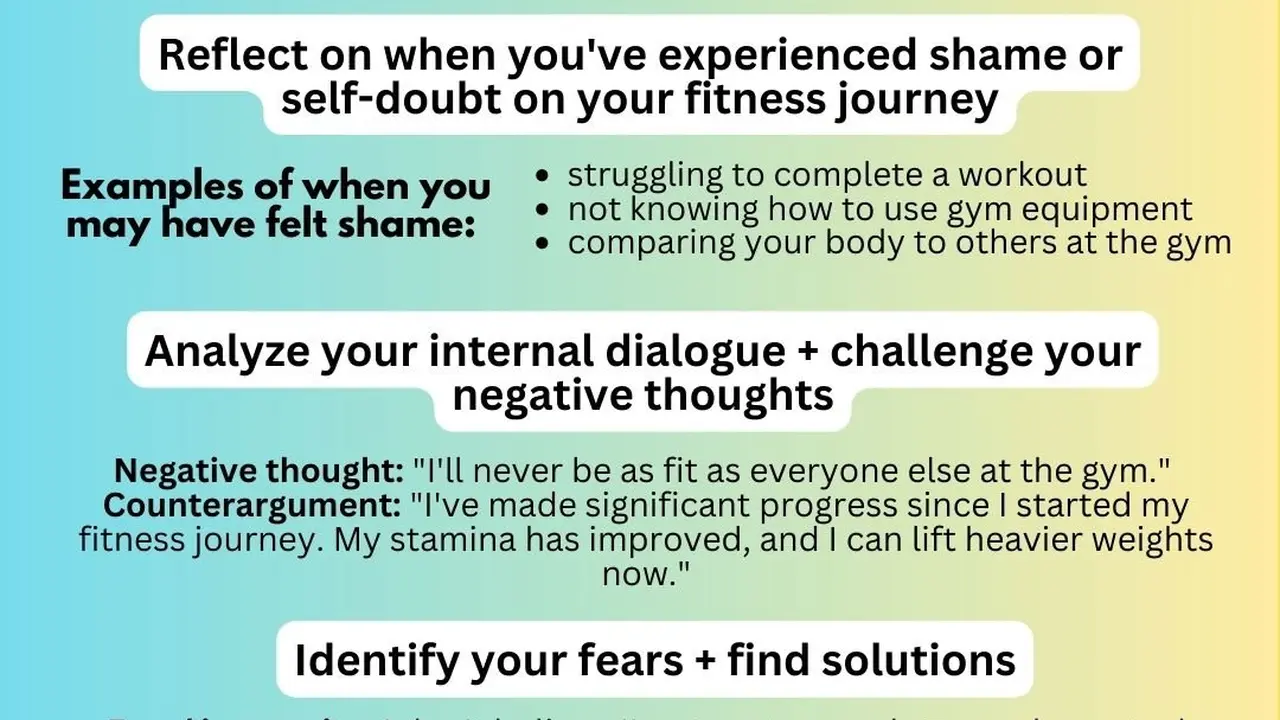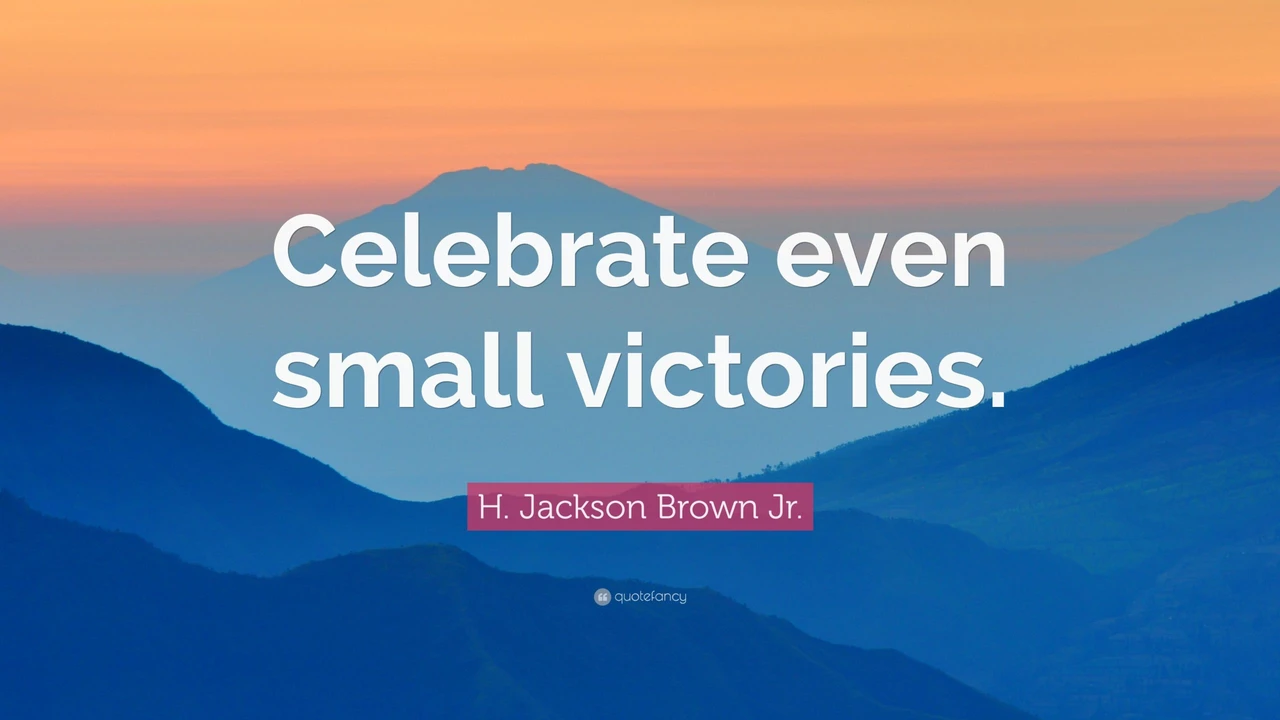Tracking Progress: A Guide to Measuring Success
Tracking progress in your fitness journey is crucial. It's not just about hitting the gym; it's about understanding if what you're doing is actually working. This guide delves into effective methods for tracking your progress, from simple measurements to leveraging technology, and offers product recommendations to enhance your journey. We'll explore various tools and strategies to keep you motivated and on track to achieving your fitness goals.

Understanding the Importance of Progress Tracking for Gym Training
So, you're hitting the gym regularly, feeling the burn, and maybe even seeing some subtle changes. But are you really making progress? Tracking your progress isn't just about patting yourself on the back; it's about gaining valuable insights into your training regimen. It helps you identify what's working, what's not, and where you need to make adjustments. Think of it as your fitness GPS – guiding you towards your destination.
Without tracking, you're essentially flying blind. You might be wasting time and energy on exercises that aren't yielding results, or you might be overtraining without realizing it. Tracking allows you to be more efficient and effective with your training, ultimately leading to faster and more sustainable progress.
Key Metrics to Track During Intermediate Gym Workouts
What should you be tracking? Well, it depends on your goals. Are you aiming to build muscle, lose weight, increase strength, or improve endurance? Here are some key metrics to consider:
- Weight and Body Composition: Track your weight regularly, but don't rely solely on the scale. Body composition, which includes muscle mass and body fat percentage, provides a more accurate picture of your progress. Consider using a body fat caliper or a smart scale.
- Strength and Reps: Record the weight you're lifting for each exercise, as well as the number of repetitions you can perform with good form. This is a direct measure of your strength gains.
- Measurements: Measure your body circumference at various points, such as your chest, waist, arms, and legs. This can help you track muscle growth and fat loss.
- Photos: Take progress photos regularly. This is a great way to visually track changes in your physique.
- Cardio Performance: If you're incorporating cardio into your routine, track metrics like distance, time, and heart rate.
- Sleep and Nutrition: Don't forget to track factors outside the gym. Monitor your sleep quality and duration, as well as your calorie and macronutrient intake. These play a crucial role in your recovery and progress.
Effective Methods for Tracking Gym Training Progress
Now that you know what to track, let's explore some effective methods:
- Workout Journal: A simple notebook and pen can be incredibly effective. Record your exercises, sets, reps, and weight for each workout. Note how you felt during the workout and any challenges you faced.
- Spreadsheets: If you're more tech-savvy, a spreadsheet can be a great way to organize and analyze your data. You can create charts and graphs to visualize your progress over time. Google Sheets and Microsoft Excel are excellent options.
- Fitness Apps: There are countless fitness apps available that can help you track your workouts, nutrition, and other metrics. Many of these apps also offer features like workout plans, exercise demonstrations, and social communities.
- Wearable Technology: Smartwatches and fitness trackers can automatically track your activity levels, heart rate, and sleep. Some models can even track your workouts and provide real-time feedback.
Recommended Products for Measuring Fitness Success Body Composition Scales and More
Let's dive into some specific product recommendations that can help you track your progress more effectively:
- Renpho Smart Scale: This smart scale measures not only your weight but also your body fat percentage, muscle mass, BMI, and other key metrics. It connects to your smartphone via Bluetooth and syncs with popular fitness apps. Use Case: Track your body composition changes over time. Comparison: While other smart scales may offer similar features, the Renpho scale is known for its accuracy and affordability. Price: Around $30-$40.
- MyFitnessPal App: This app is a comprehensive tool for tracking your calorie and macronutrient intake. It has a vast database of foods and allows you to easily log your meals. Use Case: Monitor your diet and ensure you're meeting your nutritional goals. Comparison: Other nutrition tracking apps include Lose It! and Cronometer, but MyFitnessPal is generally considered to be the most user-friendly. Price: Free with optional premium features.
- Fitbit Charge 5: This fitness tracker tracks your activity levels, heart rate, sleep, and even stress levels. It can also track your workouts and provide real-time feedback. Use Case: Monitor your overall activity levels and track your workouts. Comparison: Other fitness trackers include the Apple Watch and the Garmin Vivosmart, but the Fitbit Charge 5 is a good balance of features and affordability. Price: Around $150-$180.
- Measuring Tape: A simple measuring tape is an inexpensive and effective way to track your body circumference. Use Case: Measure your chest, waist, arms, and legs to track muscle growth and fat loss. Comparison: Digital measuring tapes are available, but a traditional measuring tape is often just as accurate and easier to use. Price: Around $5-$10.
- Workout Journal (e.g., Moleskine): A high-quality notebook can provide a tactile and focused experience for recording your workouts. Use Case: Document your exercises, sets, reps, and weight for each workout. Comparison: Any notebook will work, but a Moleskine offers a durable and aesthetically pleasing option. Price: Around $20-$30.
Comparing Different Fitness Tracking Products Choosing What's Right for You
With so many options available, choosing the right fitness tracking products can be overwhelming. Here's a comparison of some popular choices:
- Smart Scales vs. Body Fat Calipers: Smart scales are convenient and provide a wide range of metrics, but body fat calipers are often more accurate. If accuracy is your top priority, consider using both.
- Fitness Apps vs. Workout Journals: Fitness apps offer a lot of features and convenience, but a workout journal can provide a more focused and mindful experience. Experiment with both to see what works best for you.
- Fitness Trackers vs. Smartwatches: Fitness trackers are typically smaller and more focused on fitness, while smartwatches offer a wider range of features, including notifications, music playback, and phone calls. Choose based on your needs and priorities.
Consider your budget, your goals, and your personal preferences when making your decision. Don't be afraid to try out different products and see what works best for you.
Leveraging Technology for Enhanced Progress Tracking and Gym Motivation
Technology can be a powerful tool for enhancing your progress tracking and motivation. Here are some ways to leverage technology:
- Data Visualization: Use spreadsheets or fitness apps to create charts and graphs that visualize your progress over time. This can help you identify trends and stay motivated.
- Goal Setting and Reminders: Set realistic goals and use reminders to stay on track. Many fitness apps offer goal-setting features and send reminders to keep you motivated.
- Social Communities: Join online fitness communities to connect with other people who are working towards similar goals. Sharing your progress and getting support from others can be a great way to stay motivated.
- Personalized Training Plans: Some fitness apps offer personalized training plans based on your goals and fitness level. These plans can help you optimize your training and see faster results.
Setting Realistic Goals and Adapting Your Training Based on Progress Data
Tracking your progress is only half the battle. You also need to set realistic goals and adapt your training based on the data you collect.
- Set SMART Goals: Your goals should be Specific, Measurable, Achievable, Relevant, and Time-bound. For example, instead of saying "I want to lose weight," set a goal like "I want to lose 2 pounds per week for the next 4 weeks."
- Regularly Review Your Progress: Schedule time each week to review your progress data and assess whether you're on track to meet your goals.
- Adjust Your Training: If you're not seeing the results you expect, don't be afraid to adjust your training. This might involve changing your exercises, increasing the weight you're lifting, or modifying your diet.
- Listen to Your Body: Pay attention to how your body feels and don't push yourself too hard. Rest and recovery are just as important as training.
Staying Consistent and Motivated Throughout Your Fitness Journey
Consistency is key to achieving your fitness goals. Here are some tips for staying consistent and motivated:
- Find an Accountability Partner: Working out with a friend or family member can help you stay motivated and accountable.
- Make it a Habit: Schedule your workouts and treat them like appointments. The more you stick to your schedule, the easier it will become to maintain consistency.
- Reward Yourself: Celebrate your successes, no matter how small. Rewarding yourself can help you stay motivated and on track.
- Focus on the Process: Don't get too caught up in the numbers. Focus on enjoying the process of working out and taking care of your body.
- Remember Your Why: When you're feeling discouraged, remind yourself why you started in the first place. What are your goals and what will you gain by achieving them?
:max_bytes(150000):strip_icc()/277019-baked-pork-chops-with-cream-of-mushroom-soup-DDMFS-beauty-4x3-BG-7505-5762b731cf30447d9cbbbbbf387beafa.jpg)






